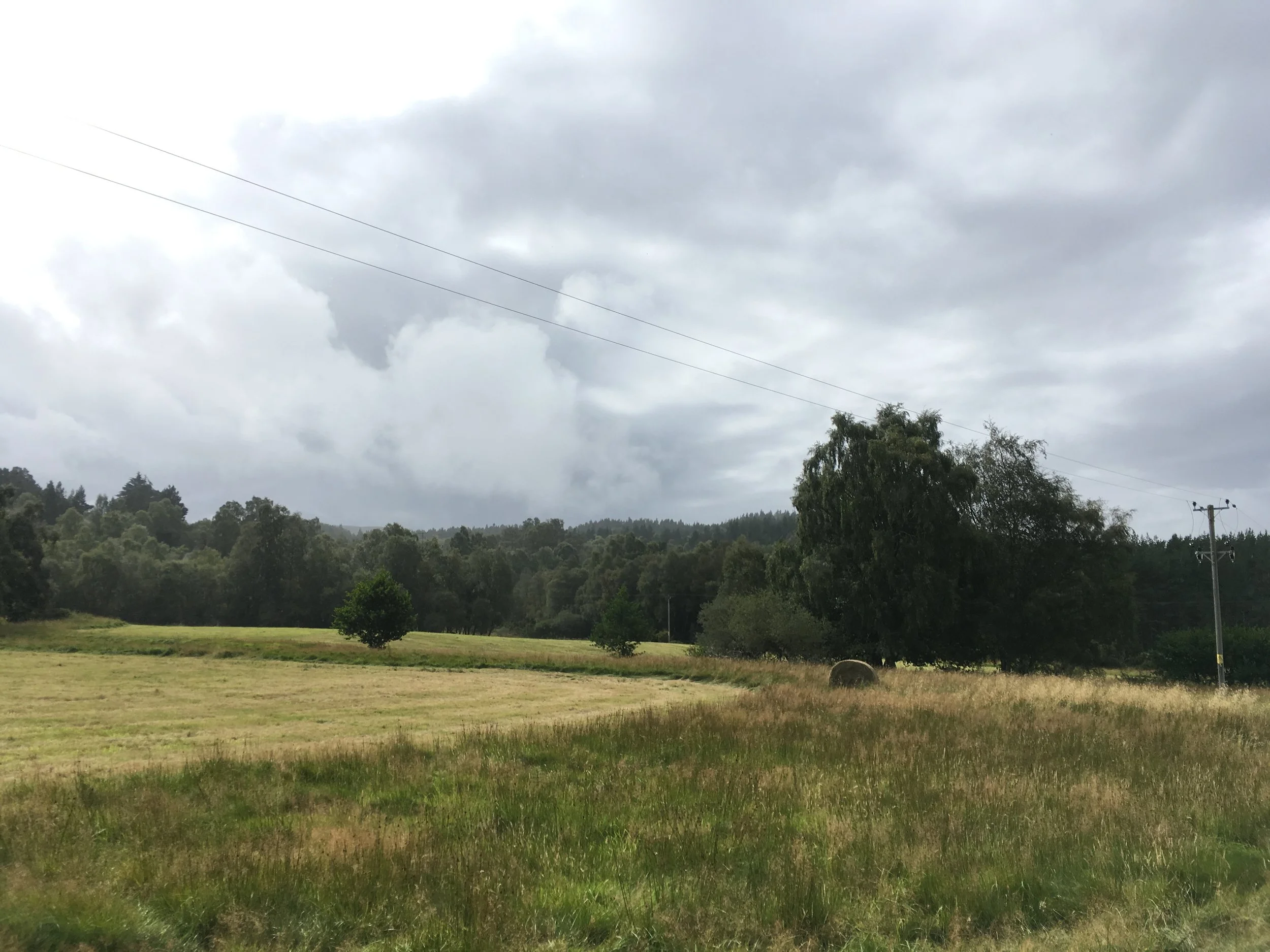Printed Matters: Fare
/Photo: POST
By Sara Bellini
Sometime during the first lockdown, I found myself longingly holding a copy of a beautifully designed magazine called Fare that I had picked up because of the word ‘Glasgow’ in all caps on the cover. It was already clear to me at that time that my trips to the UK were cancelled for the immediate future and possibly indefinitely - so I started exploring momentarily inaccessible places through literature.
Reading Fare turned out to be an immersive experience where I would go back and forth from the page to my memory. The texture and complexity of the city were there: the sounds and smells as well as the visuals, and most importantly the taste. Glasgow is not an obvious place where to look for outstanding culinary experiences, and yet if you’re open to serendipity, you’ll find plenty of them.
Fare is a travel magazine focusing largely on food, one city at a time. It was founded three years ago by Ben Mervis - food writer and contributor to Netflix Chef’s Table - combining his degree in medieval history, his experience working at noma and his passion for writing. It would be more precise to state that the magazine is about the cultural scene of a specific place, as it doesn’t feature only tasty treats. But culture is an abstract and general term, while Fare looks at the particular with a meticulous and gentle eye.
Beside Glasgow, Fare has been to Istanbul, Helsinki, Charleston (SC), Seoul and Tbilisi and the latest issue on Antwerp is just out now. The choice of location as well as the themes of the articles set the magazine apart from more mainstream publications, which tend to stick to big names and offer a polished and homogeneous image of a city. Rather than featuring well-known Michelin-star chefs, Fare looks for stories of ordinary people that have managed to create - inside or outside their kitchens - something valuable for the community around them. The way these stories are captured in full colour - through words, photography or illustrations - makes sure they can be enjoyed by readers that have never been to or will never visit the place they’re reading about.
Food is a vessel to pass on traditions and link generations across time and sometimes across space, like in the case of Punjabi immigrants in 2019 Scotland. It’s also the glue of community, especially in multi-ethnic and economically diverse cities. Food brings people together to share something that goes beyond your five-a-day and is rooted into collective memory. Food is about people and the relationships between them, as well as their relationship with the place(s) they call home. That’s why it’s important to tell these stories and we hope Fare will keep doing so for a long time.
Here is our chat with Ben Mervis:
Photo: POST
What have you learnt from Fare in the past three years?
I've learned so much: about Fare itself (what it is and isn't), and about creating a magazine. Most indie publishers like myself have little or no prior experience with magazine publishing before getting started. As a magazine, we've really found confidence in our voice and design in the last couple of issues. In some ways, I regret Fare not being a quarterly magazine, because each issue is a chance to improve on the last, to tweak things that went wrong and try out new ideas! I'd love to have more opportunities for doing that.
Could you talk a bit about the connection between food, history, community and culture at the heart of the magazine?
Yeah! So my background is in history--medieval history--however, I fell into the food world when I moved to Copenhagen several years ago. Traveling around the world with my then-boss, René Redzepi, I began to understand new cultures through their food: meeting cooks and craftsmen and hearing local histories tied to food production or technique or ingredients. It was incredibly fascinating. When I started Fare it was a very natural convergence of all of those things.
Why did you choose the print magazine as a format?
To be honest I chose print before I knew or had decided anything about the magazine itself! This came as a love of print.
How do you pick a city and which aspects of its culinary scene to highlight?
City selection is about creating a balance within the 'series' and choosing cities that are different enough to make each issue feel wholly unique and its own.
What are the literary inspirations behind Fare?
One was Italo Calvino's Invisible Cities. I love the idea that the same city could be described in a thousand different ways.
What are your plans for the next issue and how has Covid changed them?
For the time being, Covid restricts our travel, so we're changing the structure of our magazine slightly to bring on a guest curator. They're an individual who intimately knows the featured city, and we collaborate with them on finding the right voices and themes for the issue. That's something you'll see for Issue 8 and Issue 9.
Is there anything I haven’t asked you that you’d like to share with our readers?
One thing we're really buoyed by is the fact that, in times like this, a desire to travel has not faded--even if the opportunities to do so have. We're really encouraged by the fact that so many people have written to us to say how Fare has helped them 'travel' in this time when armchair travel may be the closest they get to the real thing!
Pick up a copy of Fare at Rosa Wolf in Berlin or at one of their many distributors across the UK and Europe. And if going into a shop is not a possibility, you can order it online.






